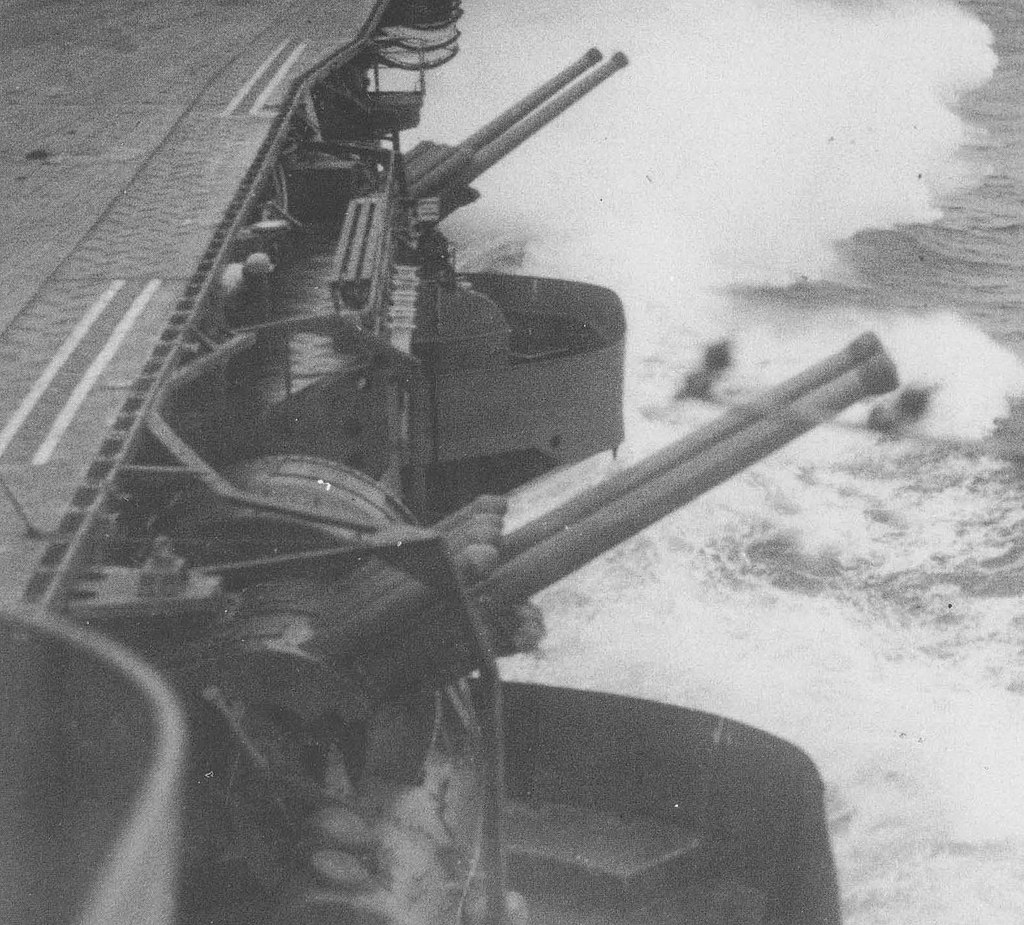The Japanese had had plenty of experience when the first two Soryu class were ordered in 1933. When the first ship was completed in 1936 and the last in 1940 they were the best aircraft carriers in the world, and not eclipsed till the US Essex class started rolling off the production lines. (These are my equivalents and replacements for the Soryu and Shokaku classes.) The Shokaku with an enclosed bow.

With the completion of the six Soryu and four Yamato, the Japanese felt they had the core fleet to challenge the might of the Americans. Plans were made during 1940-41 with various scenarios to each. The plans were wide ranging and included the final subjugation of China, the taking of South East Asia, putting in place a far 'island' ring, from the Aleutians to Midway and down to the Solomon Islands through to Papua New Guinea. A huge area. The final acts to finish out the acquisition stage would be the taking and working the resources of Siberia and Australia. Achieving these ends were within reach of the Japanese. An opening attack on the American Fleet at Hawaii (Pearl Harbour) was of paramount importance. The Japanese would not have the resources, at that stage, to actually take the Hawaiian Islands, the aim was solely to wipe out the American Pacific Fleet. Especially the carriers.
That is the Japanese dream. In real life the most closely guarded secret of WW2 was the American ability to read Japanese signals. They knew where the Japanese were going and what with. The ramifications of that was huge. When the Japanese were due to strike against Pearl Harbour, the US carriers were at sea. Somebody high up seemed to realise that 20 knot battleships would not win the war. Aircraft carriers would be the dominant force.
So what do you do to aid the Japanese quest for world domination? Change the signal codes in October 1941. Then again in January, & March/April 1942. That the Japanese failed to change their codes very often meant that the US was able to intercept and read their messages. Coral Sea, Midway, Solomon Islands campaign, all were made easier for the Americans knowing what was going to happen and when it was due. Without that knowledge the US would not have made the inroads into the Japanese forces it did. A much longer and harder campaign for the retaking of the Pacific would have taken place.
The Japanese were well aware that a long campaign against the Americans would see them lose. They could not outbuild the Americans unless they had access to many more resources. The resources they needed were out there, the Japanese just had to take control of them and get them flowing into Japan. That required secure sea lanes, a captive work force, and most of all time! But first of all the Japanese had to defeat the American Pacific Fleet, only that could give the Japanese the time they needed.
Being an Alternate Universe I am able to tinker with the order of battles of the opposing forces. That I have done. All of the countries involved have superior forces to what they had in the Real World. To tip the balance back in the Allied favour, I give them additional countries with as good as and superior vessels. Atlantis, Algarve, Zealandia, Incan Empire, they all provide the necessary forces at the right times. If the Japanese can clear the Pacific of carriers in late 1941 early 1942, it will take the Allies some time to be able to gather together a force to be able to challenge the Japanese Fleet. All the time the Japanese are adding to their carrier numbers. The Allies will be able to challenge the Japanese then all of a sudden the Allied numbers will skyrocket and the Japanese will get thumped as more and better Allied aircraft appear in the skies. This may happen a year later than real life but once the Essex class and the help from the smaller nations appear in early 1943 the writing is suddenly on the wall for the Japanese.
Now I just have to work out a few 'new' battles for the Allies and Axis forces to fight.
5" guns ready to fire at incoming Allied aircraft.

